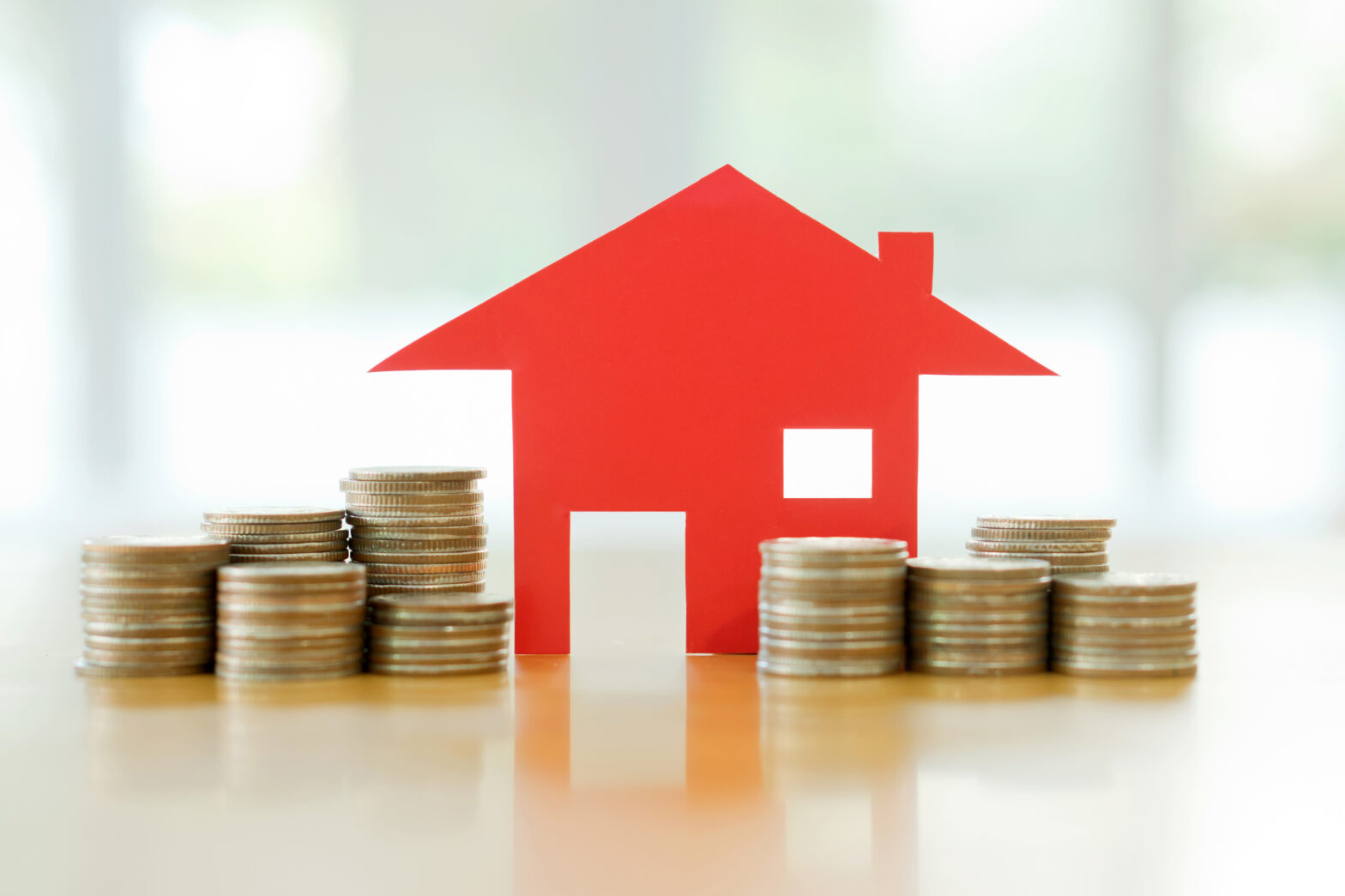While the market has yet to feel the full force of recently introduced stamp duty hikes of 3 per cent, this is sure to drive higher rates of evictions and sales in the near-term future.
This will also mark yet another chapter in the history of the rental market, which has changed dramatically since the end of the First World War. It may even change the landscape of the market forever, creating a far greater equilibrium and helping aspiring buyers to reprioritise the purchase of real estate as a viable goal.
The rise, fall and rise of renting
Back in 1918 and after the end of the First World War, 77 per cent of all households were privately rented by tenants. Just 23 per cent were owner-occupied, although this gradually began to change over the course of the following 30 years and beyond. By the 1980s the proportion of renters was lower than owner-occupiers, and this trend gathered further momentum with the great sale of social housing and the right to buy.
This was a scheme inspired by the Conservative government of the time, which under the stewardship of Margaret Thatcher sought to empower citizens as buyers rather than renters. Under its terms, council tenants were afforded the opportunity to buy their rental abode after a fixed period of time, while being offered a discount relating to the length of their previous tenancy.
The renaissance of the private rental market
Rising growth, owner-occupier rates and price points began to force buyers out of the market, however, meaning that by the early 1990s the demand for private rental homes was rising once again. In fact, 12 per cent of households were privately renting during this time, while social housing decreased from 31 per cent to 19 per cent over the course of a decade.
The market is now threatening to come full circle; as exponential property price growth has continued to increase the demand for private rental homes. With a rising demographic of citizens priced out of the owner-occupier market, we have a scenario where renting is increasingly commonplace once again and average monthly tariffs are also on the rise.Some schemes exist though to make the best of both Worlds. The sell and rent back initiative as provided by Property Rescue, offers to buy your house from you (to clear any outstanding debts) but keep you on as a tenant. This way you can stay living where you are, without the worry of having to sell up and move out if the cost of living gets too high.
On an International level, Britons are considered unusual for wanting to own their own property anyway. In New York, USA, only 31 per cent own their own home, in Berlin, Germany, that figure is 11 per cent and in Switzerland (not accounting for social housing schemes or reduced rent initiatives) the figure is 49 per cent.
It looks like renting will once again become the norm for the UK. With available land running out and an ever increasing population, the government needs to act fast to avoid a monumental housing crisis.





